Pope Francis, on the first day after his election, did four remarkable things — and did not do a fifth.

Pope Francis prays in front of Salus Populi Romani, (“Salvation of the Roman People”),
a Marian icon in a chapel of the Basilica of St. Mary Major in Rome, March 14 (CNS photo)
1. Mary
At about 8 a.m., he slipped out of the Vatican in a single, unmarked black car — a Volkswagen, not a Mercedes — without an escort, and drove across Rome to the Basilica of St. Mary Major, the largest (and most beautiful) basilica in the world dedicated to Mary, the Mother of God.
There he prayed in front of an ancient icon called Salus Populi Romani, or the Protectress of the Roman People, held by tradition to have been painted by St. Luke himself. He also brought flowers in honor of Mary and laid them beneath the icon.
So the first act of his pontificate was to pray before the Virgin Mary.
2. Pope St. Pius V
While in the Basilica, he went and knelt in front of a tomb of a Pope. Which Pope?
Pope St. Pius V (1504-1572), the Pope who, being a Dominican, declared the Dominican St. Thomas Aquinas a Doctor of the Church and commissioned the first edition of his complete works. The He also patronized the sacred music composer Palestrina, and, in his Apostolic Constitution Quo Primum on July 14, 1570, promulgated the 1570 edition of the Roman Missal, making it mandatory throughout the Latin rite of the Catholic Church, except where a Mass liturgy dating from before 1370 AD was in use.
This “St. Pius V” form of the Mass remained essentially unchanged for 400 years until Pope Paul VI’s revision of the Roman Missal in 1969–70. It is this form of the Mass that many today call “the old Latin Mass,” or “the Tridentine Mass,” or, since 2007, the “Extraordinary Form” of the Mass.
It seems clear that by kneeling and praying before the tomb of this great and holy Pope, Pope Francis was making a statement of respect for him and his work, and so, by implication, for the form of the Mass that he codified.
Note also that, as a cardinal, Pope Pius V gained a reputation for putting orthodoxy before personalities, prosecuting eight French bishops for heresy. He also stood firm against nepotism, rebuking his predecessor, Pope Pius IV, to his face when he wanted to make a 13-year old member of his family a cardinal.
For a Pope who wishes to end corruption, a prayer before the tomb of Pius V has a certain fittingness.

Pope Francis leaves flowers in front of the Salus Populi Romani image.
Also, Pius V arranged for the formation of the Holy League, an alliance of Catholic states which defeated the Ottoman Empire at the Battle of Lepanto in 1571. Pius V attributed this victory to the intercession of the Blessed Virgin Mary and instituted the Feast of Our Lady of Victory on October 7. In 1573, Pope Gregory XIII changed the title of this feast day to the “Feast of the Holy Rosary.” (It is being reported in the Italian press that Pope Francis prays 15 decades of the Rosary daily.)
Once Pius V was elected, he at once proceeded to reduce the cost of the papal court after the manner of the Dominican Order to which he belonged.
According to this precedent, Pope Francis will also proceed to reduce the cost of the Vatican Curia.
Curial officials, tighten your seatbelts…

He prays at the tomb of Pope St. Pius V in a chapel of the Basilica of St. Mary Major in Rome March 14 (CNS photos)
3. Stay home, give to the poor
As reported on the Rorate Caeli website, the new Pope has asked his nuncio in Argentina, where he is from, to ask all the bishops, priests, nuns, and faithful of his home country not to travel to Rome for his installation Mass, but to save the money and give it instead to the poor… (See a translation of the text in box at left.)
4. First Mass and Homily as Pope
During his first Mass celebrated as Pope, today at 5 p.m. in the Sistine Chapel (it was televised in Italy), he delivered a homily without a prepared text.
He spoke in beautiful Italian, slowly, clearly, eloquently, for about seven minutes, addressing all the cardinals who had just elected him yesterday evening.
He structured his homily around three words: camminare, to walk; edificare, to build; and confessare, to confess or bear witness to the glory of Christ and his cross. He asked the cardinals to walk with him, and if they fell, to get up and start walking again; to build with him, to build the Church; and to confess Christ with him, but always, Christ with his cross…
Several things struck observers about this Mass. First, that Pope Francis went away from his throne and over to the pulpit to give his homily, like an ordinary preacher; second, his very simple vestments. But the most striking thing was that he spoke without a prepared text. He could have asked for help from someone to prepare a text for him, and then he could have made small or large revisions, but he preferred to deliver a spontaneous meditation, which obviously seemed more direct, more familiar, more authentic…

Pope Francis celebrates Mass with cardinal electors in the Sistine Chapel at the Vatican March 14, the day after his election (CNS photos)
With regard to the homily, I can only say that Pope Francis used powerful images — the images of children building sand castles at the beach, to describe us building on anything except on Christ — and powerful expressions — he spoke specifically of the devil, of the demon, saying when we do not bear witness to Christ, we are bearing witness to… the devil. And he specifically warned about worldliness, about becoming worldly, about forsaking Christ to focus on the world. Powerful words, stirring words, for Christians.
And he specifically ruled out that the Church can be anything other than the Mystical Bride of Christ — ruled out that the Church can be another NGO doing philanthropic work. This was a powerful, pontificate-orienting statement.
5. Curial posts not reconfirmed
The fifth thing Pope Francis did was something he did not do. He did not reconfirm all of the Curial posts that had been “zeroed out” by the renunciation by Benedict XVI of the papal throne. As Rocco Palmo writes in his “Whispersintheloggia” blog: “As the heads of the dicasteries of the Roman Curia all lost their posts at the sede vacante, the group of prefects and presidents must be reconfirmed by the new pontiff for the governance of the Church to be resumed. While past Popes have traditionally made the pro forma act within 24 hours of their election, this time it remains conspicuous by its absence. (The officials may subsequently be replaced at any time, as they serve at the pleasure of the pontiff.) Then again, considering the in-house storm that preceded the Conclave, perhaps there’s an explanation for the delay – namely, that Francis’ sudden turn-up at the check-in counter won’t be the biggest of his early surprises….”
Rocco also notes that, on the way back to the Vatican this morning, the Pope called for a detour to the Domus Paulus VI, the clergy lodging across the Tiber that was his pre-Conclave hotel, to collect his things, check out and pay the bill himself.
Pope Francis wanted to “set an example” by personally running the errand and settling the tab with his own money, Vatican spokesmen said at today’s afternoon press briefing.

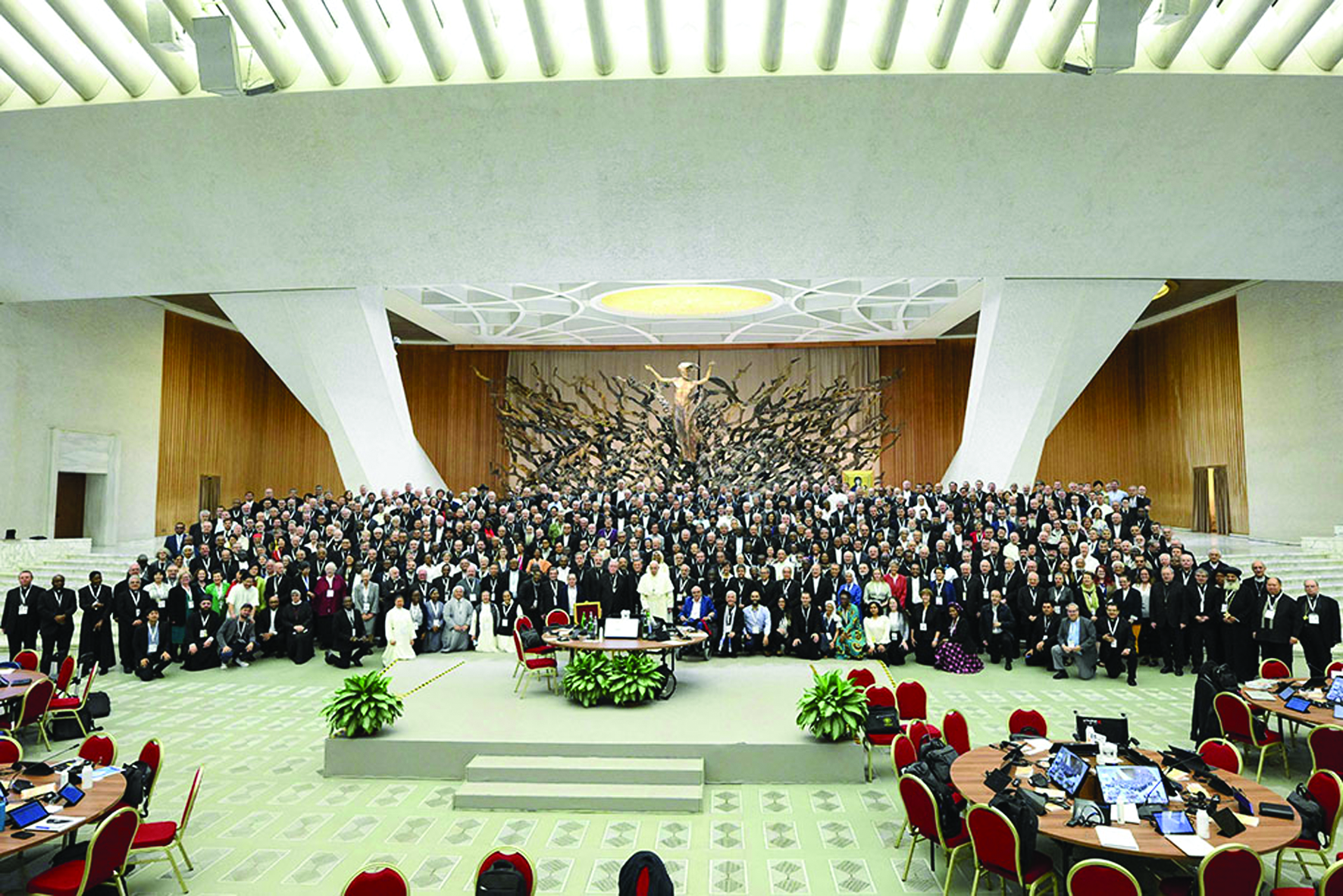
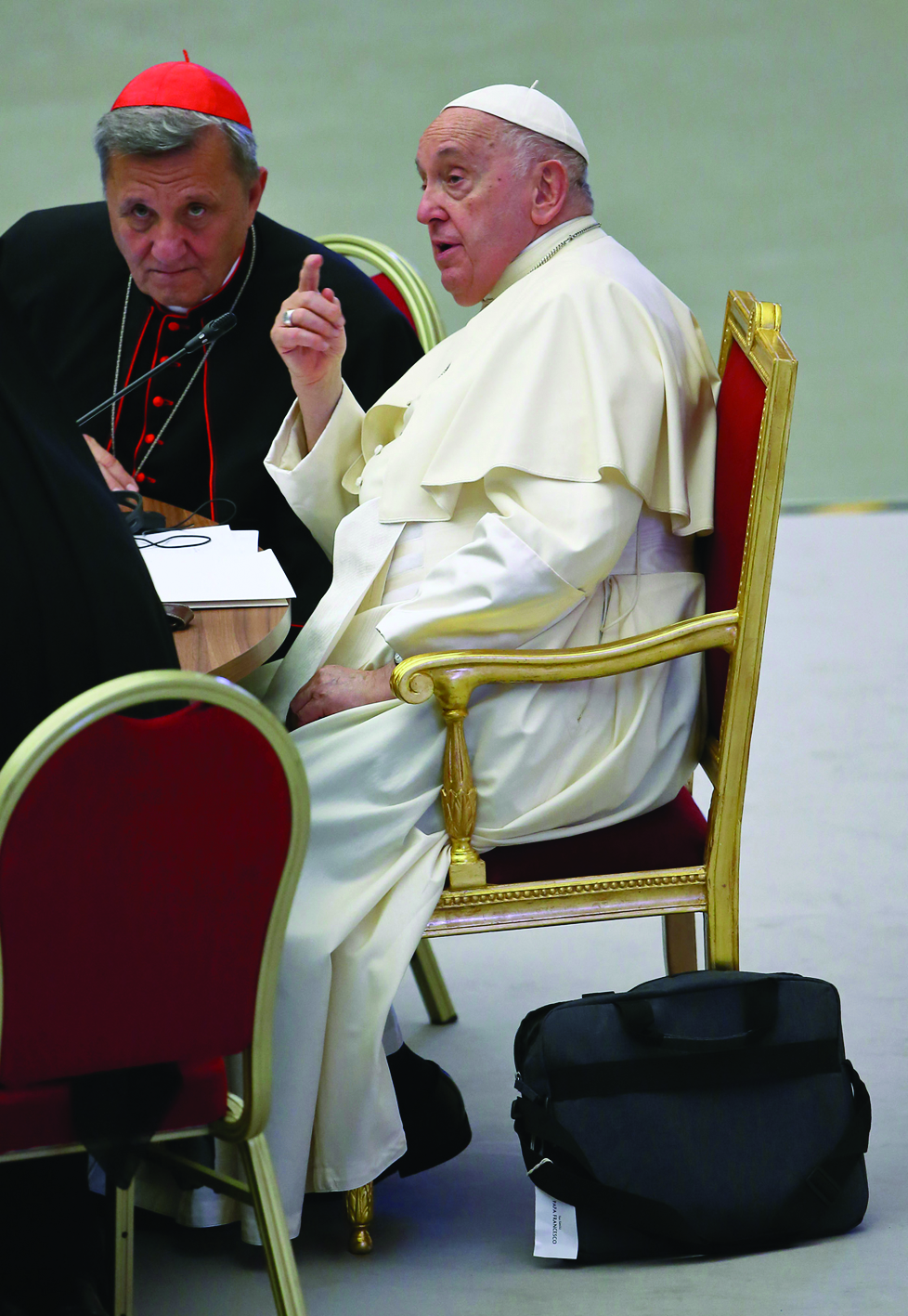
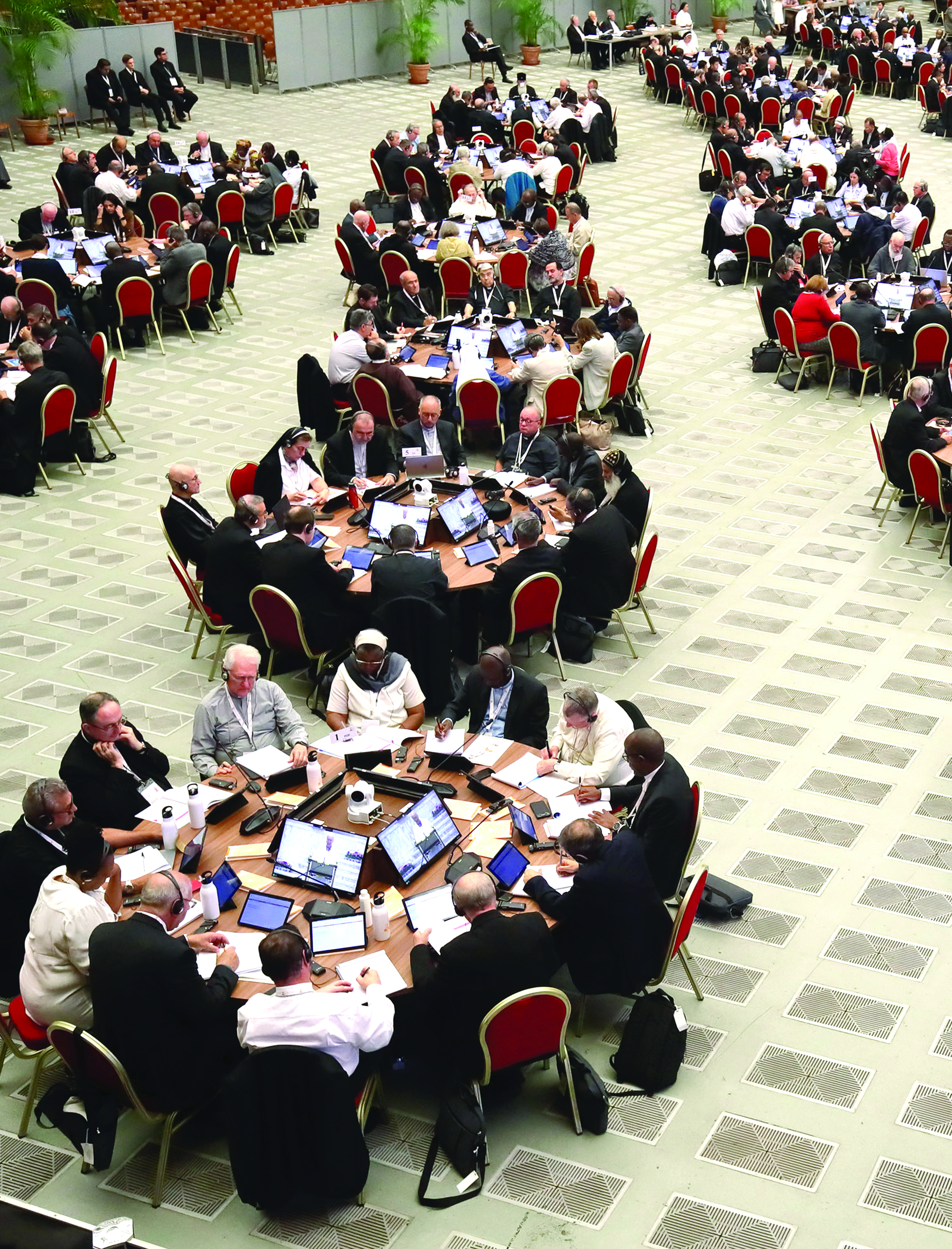
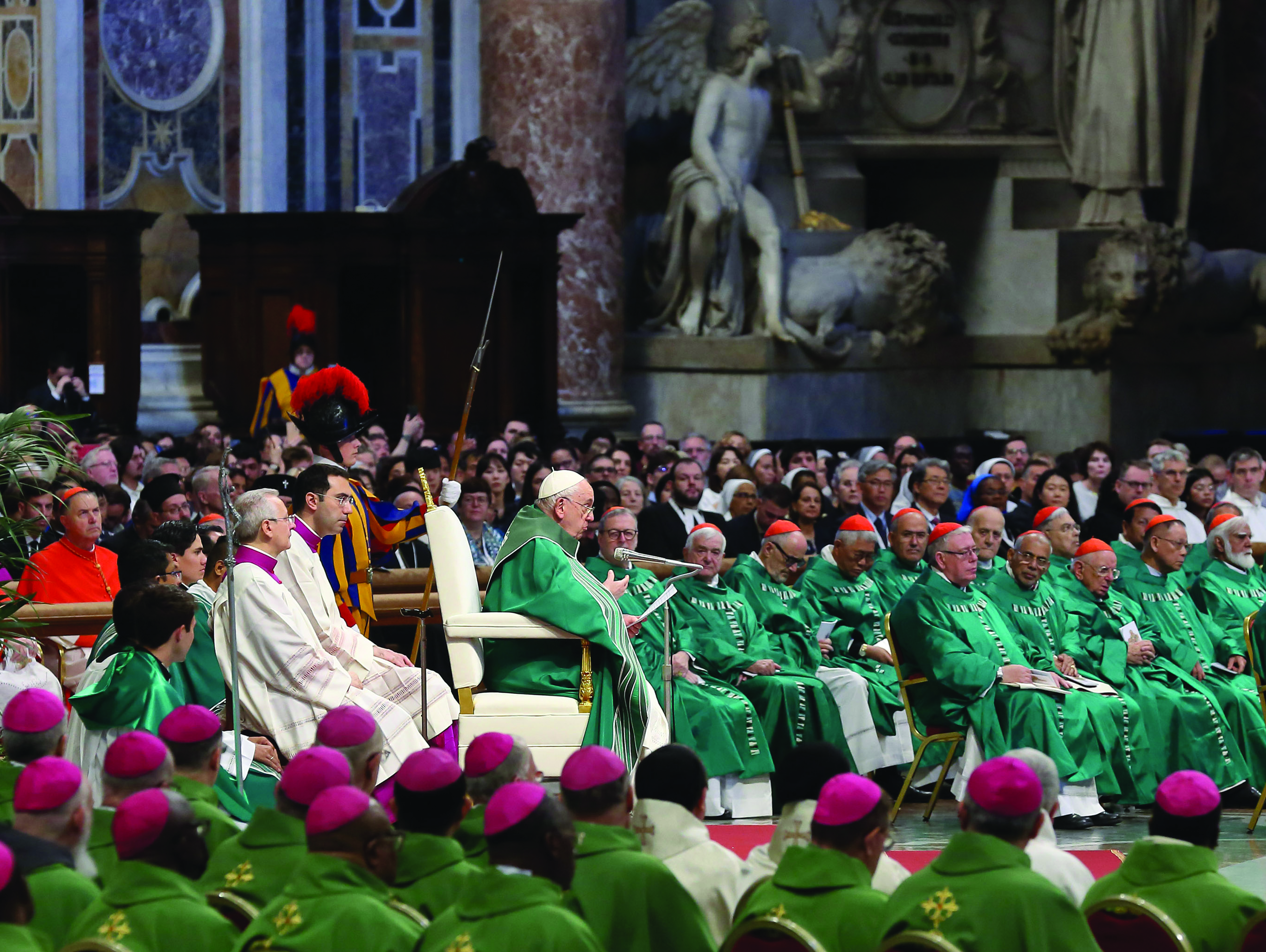
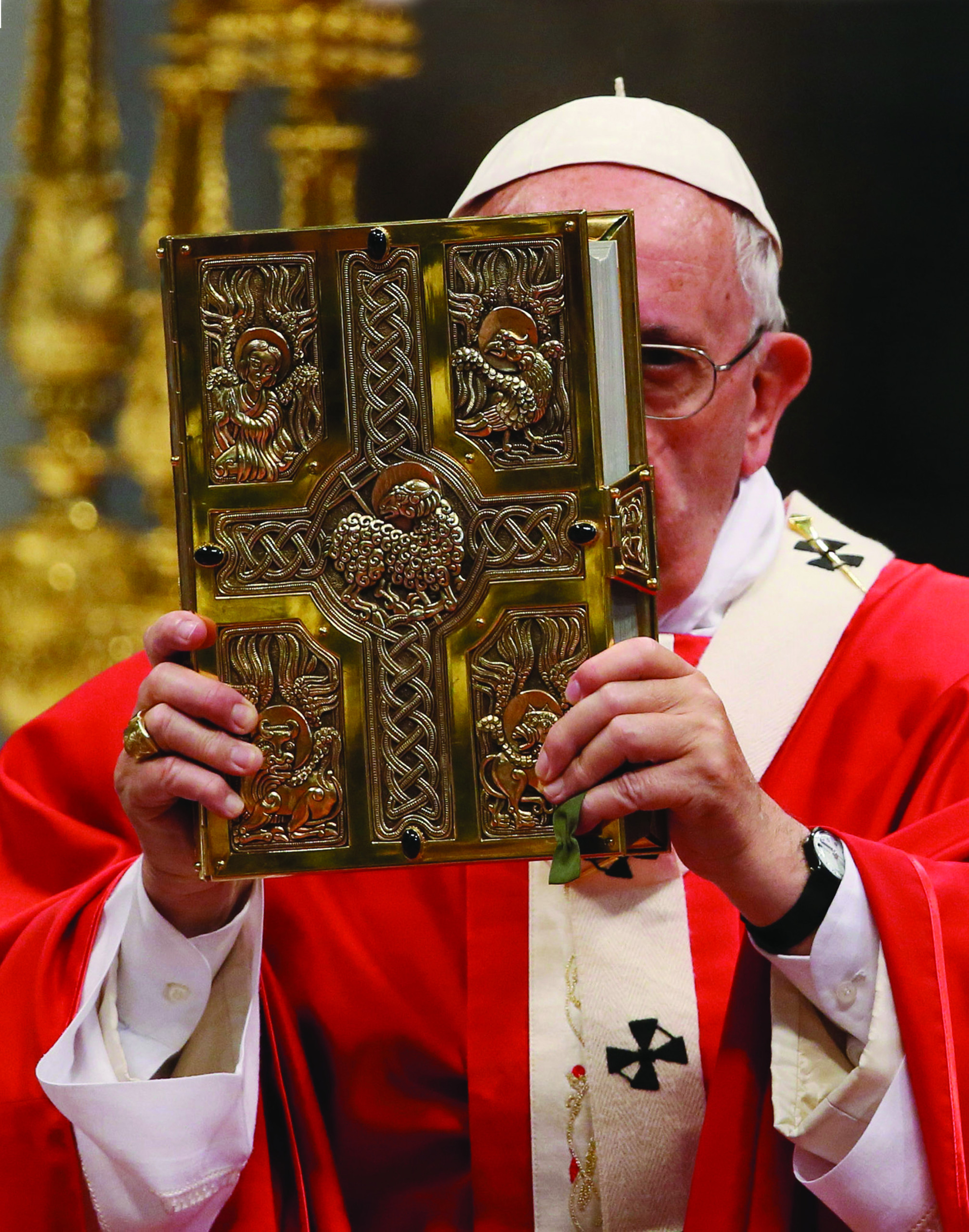
Facebook Comments